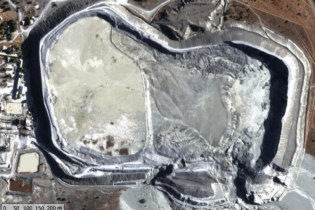With the rollout of its national infrastructure plan, Transnet is expected to create employment for 588 000 people and direct jobs will ramp up by a significant 25%. “Transnet’s market demand strategy (MDS) will promote localisation, transformation and empowerment – with R2.9 billion already spent on local content by international suppliers,” said Phumelele Motsoahae, executive manager: group planning –Transnet, during his presentation at the 2012 Public Private Infrastructure Forum held today.
In terms of port planning, the following principles have informed the development of the port plans: Develop a complementary ports system with a regional grouping of old and new ports to provide a rational range of facilities to meet local and international demand, and avoid duplication of investmentOptimise capital investment across the ports system to ensure capacity meets demand, and to meet the requirements of Transnet, the National Ports Act and South Africa
Integrate and align port and rail capacity planning
Ensure a sustainable response to environmental opportunities and constraint
Align with the planning initiatives of stakeholders, including local, provincial and national government, industry and other key roleplayers
Utilise available port space for berths, freight handling and back-of-port logistics to maximize freight capacity
Improve infrastructural and operational efficiencies and reduce transport and logistics costs Current situation
Durban containers: demand grows from 2.7m TEU to 12m TEU over a 30 year period, and capacity is provided in the existing port until 2019, after which capacity is provided at the new dig-out port. Cape Town containers: demand grows from 0.7m TEU to 2.5m TEU over a 30 year period, and the current capacity expansion projects will provide capacity until around 2026, after which capacity will be created through seaward expansion of the terminal. PE/Ngqura containers: demand in Algoa Bay will grow at a high rate based on increasing volumes of new transshipments, reaching 6m TEU in 2042.Expansions in PE and the operationalising of berths 3 and 4 at Ngqura will provide a short term capacity, after which a new outer basin must be developed at Ngqura.
Demand and development plans
Status quo: Container terminals are situated in Durban, PE and Ngqura, and Cape Town. Containers are also handled at multi-purpose terminals in Cape Town, East London, Durban and Richards Bay.
The operationalising and equipping of berths 3 and 4 at the Ngqura Container Terminal will take capacity to 2m TEU. Port Elizabeth Container Terminal can be expanded to three berths in future, with berth deepening being considered. Infrastructure News editor









